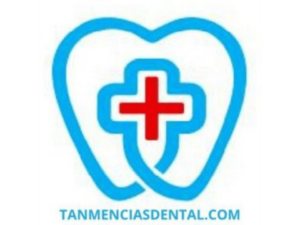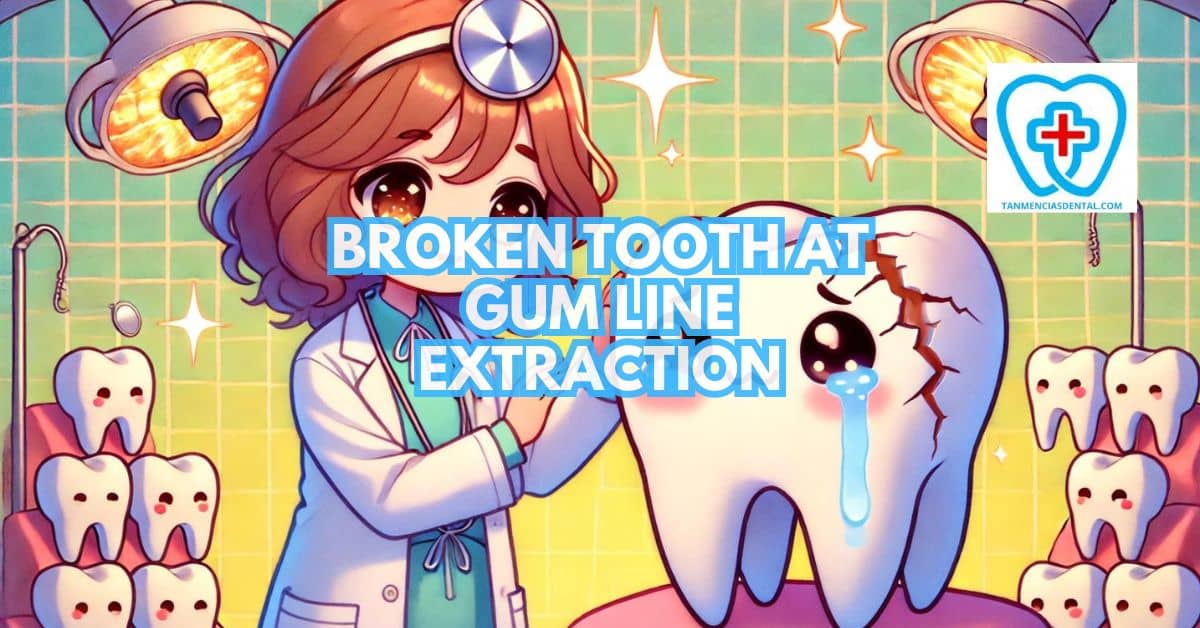Preparing for a broken tooth at gum line extraction is essential for a successful outcome and smoother recovery.
Proper preparation not only reduces anxiety but also helps prevent complications during and after the procedure.
Being informed about each step beforehand allows you to feel more in control.
We’ll provide clear and practical steps to help you get ready for the extraction.
By following these guidelines, you can ensure that both the procedure and recovery go as smoothly as possible.
1. Schedule a Consultation with Your Dentist
Your first step in preparation is to schedule a consultation with your dentist to discuss your broken tooth.
During this appointment, the dentist will assess the severity of the break and determine if extraction is the best option.
This consultation also provides an opportunity to ask any questions you may have about the procedure.
Having a clear understanding of the timeline and any necessary preparation will make you feel more at ease.
Taking the time to meet with your dentist ensures you’re fully informed and ready for the next steps.
🦷 Can I Use Salt Water As Mouthwash Everyday?
2. Get Pre-Extraction X-Rays for Accurate Assessment
X-rays are often required before a gum line extraction to give the dentist a clear view of the tooth and surrounding bone structure.
The X-rays will reveal the position of the broken tooth and any potential risks associated with the extraction.
This allows the dentist to plan the procedure more effectively, reducing the chances of complications.
It’s an essential step to ensure that no surprises arise during the extraction process.
With the X-rays, both you and your dentist will have a clear understanding of the complexity of the procedure.
🦷 How to Choose the Best Toothpaste for Tartar
3. Understand What the Extraction Procedure Involves
Knowing exactly what the extraction involves can help alleviate anxiety and ensure you’re mentally prepared.
Your dentist will explain the steps of the procedure, including how the tooth will be removed and what instruments will be used.
They will also discuss what you might feel during the procedure, especially if local anesthesia is used.
It’s important to be fully aware of what will happen so you can feel confident going into the extraction.
Understanding the procedure will also help you know what to expect in terms of recovery time and possible discomfort.
🦷 Can I Change Dentists for Braces Mid-Treatment?
4. Discuss Medication and Anesthesia Options
During your consultation, your dentist will explain the available medication and anesthesia options based on the complexity of your case.
Local anesthesia is commonly used for less complicated extractions, but for more involved cases, sedation or general anesthesia may be offered.
It’s important to understand how each option will affect you, especially in terms of consciousness and pain management during the procedure.
Be sure to disclose any allergies or past reactions to anesthesia so that the safest choice can be made.
Discussing these options in advance helps ensure that you’re comfortable and adequately prepared on the day of the procedure.
🦷 How to Choose the Best Toothbrush for Teeth
5. Follow Pre-Procedure Instructions Carefully
Your dentist will provide you with a set of instructions to follow before the extraction.
This may include fasting if you’re going to be sedated or refraining from certain medications that can thin the blood.
Make sure to follow these guidelines closely, as they are designed to prevent complications during the procedure.
Ignoring these instructions could increase the risk of excessive bleeding or anesthesia-related issues.
Being diligent with the pre-procedure instructions sets you up for a smoother and safer extraction process.
🦷 Are Dentists Considered Frontline Workers? The Unsung Heroes with Sharp Tools and Braver Smiles
6. Arrange Transportation to and from Your Appointment
If sedation or general anesthesia is part of your extraction plan, driving yourself home afterward will not be safe.
It’s crucial to arrange transportation with a friend or family member who can take you to and from the appointment.
Even with local anesthesia, you might feel groggy or disoriented after the procedure.
Having a trusted person with you ensures you can focus on your recovery without worrying about transportation.
Make these arrangements ahead of time so you won’t be caught off guard after the procedure.
🦷 Comparing Popular Methods of Brushing Teeth: Pros and Cons
7. Prepare Your Home for a Smooth Recovery
Getting your home ready before the extraction will make your recovery period much more comfortable.
Set up a resting area with soft pillows and have entertainment, such as books or movies, readily available.
Stock up on ice packs to manage swelling and keep any prescribed medications within easy reach.
Organize your essentials in advance to avoid unnecessary movement and strain after the procedure.
A well-prepared environment allows you to focus on healing and reduces any added stress during recovery.
🦷 How to Get In The Habit Of Brushing Your Teeth
8. Plan a Soft Food Diet for After the Extraction
After the extraction, you will need to avoid hard or chewy foods to protect the extraction site.
Planning a soft food diet in advance will ensure you have the right meals prepared for your recovery.
Foods like mashed potatoes, yogurt, and soups are easy to eat and gentle on your gums.
Avoid hot or spicy foods, as they can irritate the healing area.
Having a variety of soft foods ready will help you stay nourished without putting strain on the extraction site.
🦷 The Ultimate Guide to Choosing the Best Toothbrush for Gingivitis
9. Learn How to Care for Yourself Post-Procedure
Proper postprocedure care is essential for promoting healing and preventing complications.
Your dentist will give you instructions on how to manage the extraction site, such as using saltwater rinses and applying gauze to control bleeding.
Avoid using straws or smoking, as these actions can dislodge the clot and lead to a painful condition called dry socket.
Rest is key, and you should take it easy for the first few days after the procedure.
Following the aftercare instructions carefully will ensure a smooth recovery process.
🦷 Can You Use Mouthwash With Braces?
10. Know How to Contact Your Dentist in Case of Emergency
It’s important to have your dentist’s contact information readily available in case of complications after the extraction.
You should know when and how to reach them if you experience excessive bleeding, severe pain, or signs of infection.
Most dental offices provide an emergency contact number for after-hours concerns.
Make sure you understand what symptoms require immediate attention, and don’t hesitate to call if something feels off.
Quick access to your dentist can help address any issues before they worsen.
🦷 How Often Should You Brush Your Teeth With Baking Soda?
👨⚕️ Conclusion
By preparing thoroughly, you’ll set yourself up for a smoother extraction procedure and a faster recovery.
Following each of the steps outlined ensures that you minimize risks and discomfort.
From scheduling your consultation to caring for yourself post-procedure, every detail plays a role in the healing process.
A well-prepared approach helps reduce anxiety and improves the likelihood of a positive outcome.
With the right preparation, you can feel confident about your broken tooth at gum line extraction and recovery.
😁 Self-Promotion
At Tan-Mencias Dental Clinic in Parang, Marikina City, we’re here to provide you with high-quality dental care in a friendly and welcoming environment.
Whether you have questions or need to schedule an appointment, feel free to call us at 09171451074.
You can also reach out through our Facebook page or send a message via our website’s contact form.
We’re always ready to assist with any concerns you may have.
Let us help you achieve a healthier, brighter smile today!

